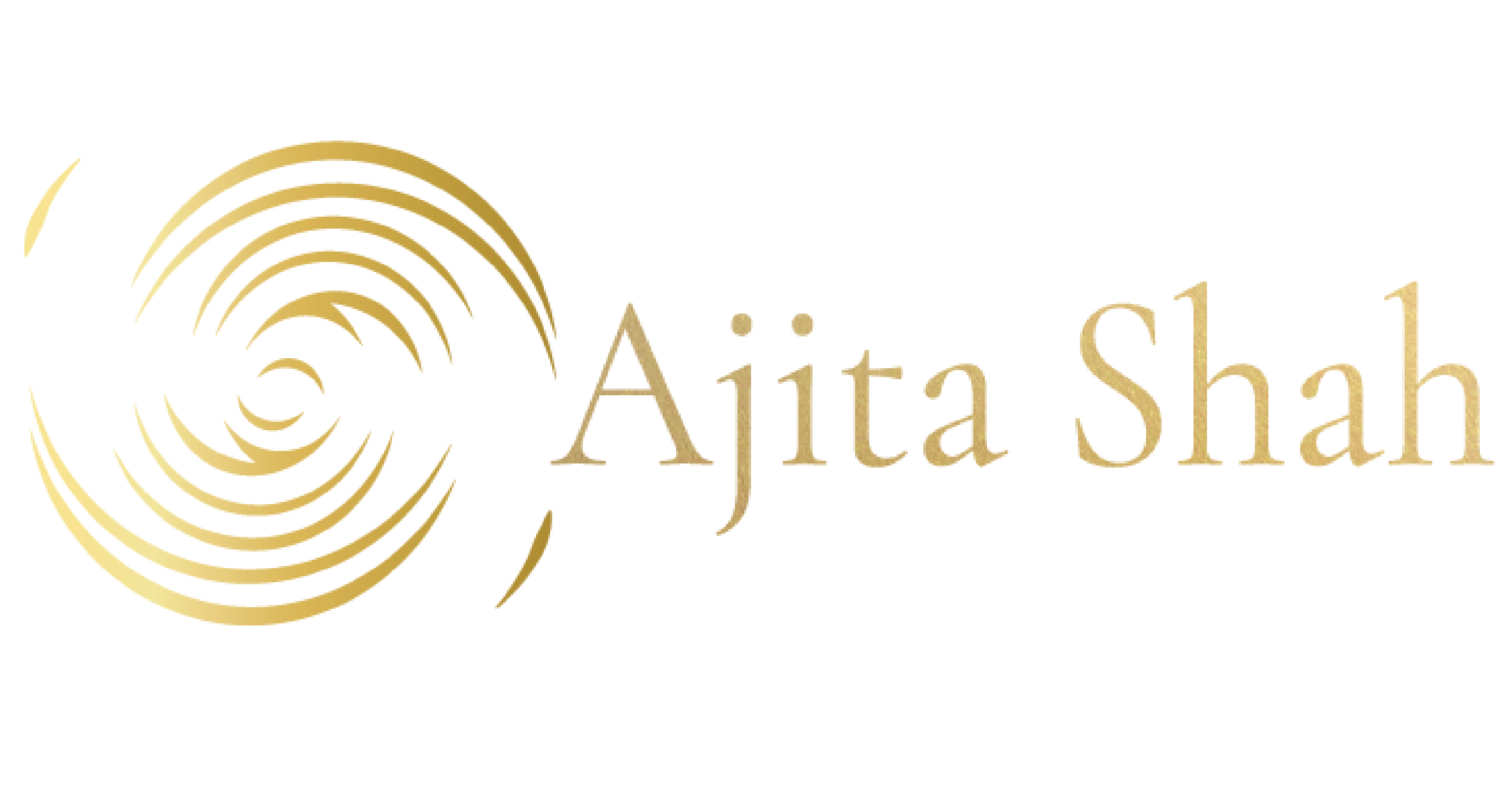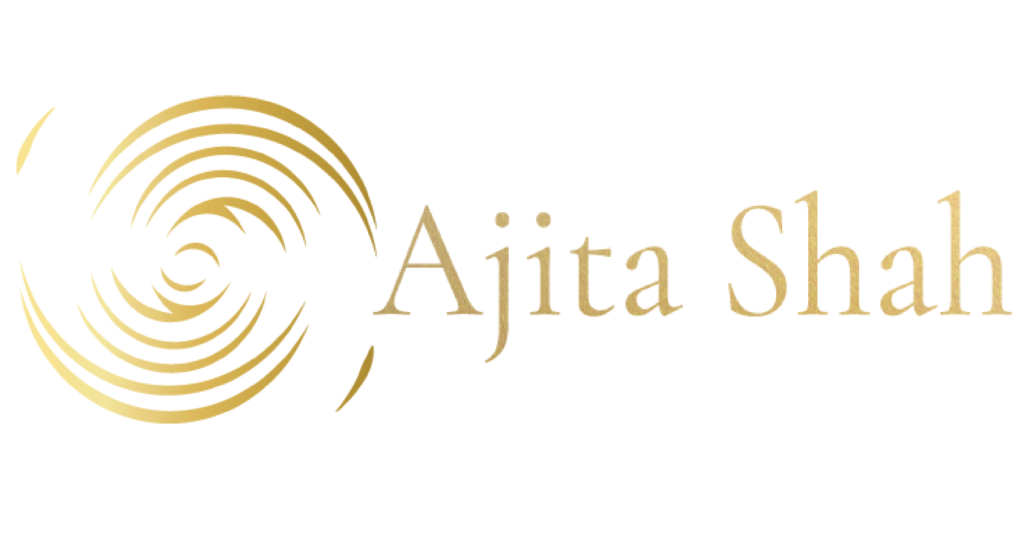Therapeutic effects of SOMA Breath
SOMA breath is a form of therapeutic breathing that has its roots in ancient practices and has been developed over the years to address modern-day challenges. The history of SOMA breath can be traced back to traditional practices such as pranayama in yoga and the shamanic use of breathwork in indigenous cultures.
In recent times, SOMA breath has evolved into a contemporary practice, drawing from various traditional techniques, and incorporating new technologies and techniques. The SOMA breath technique was developed by a team of experts in the fields of physiology, psychology, and spirituality, and has been scientifically researched and tested for its therapeutic benefits that are based on the principles of Ayurvedic medicine.
Since its inception, SOMA breath has been adopted by individuals and healthcare professionals around the world as an effective form of therapy for physical and mental well-being. The practice of SOMA breath has grown in popularity, and it is now being offered in wellness centers, yoga studios, and clinics as a complementary or alternative therapy for various health conditions.
The SOMA breath technique is now being used to treat a range of physical and mental health conditions, including stress, fear, depression, and insomnia, among others. The practice of SOMA breath continues to evolve, and new techniques and approaches are being developed to further enhance its therapeutic effects.
The full form of SOMA breath is “Somatic and Oral Mechanisms of Action” breath. SOMA breath is a form of breathwork that incorporates specific breathing patterns and sounds to help individuals achieve a state of deep relaxation and meditation.
Somatic refers to the body, and the technique aims to bring balance and harmony to the body by releasing tension and promoting deep relief. Oral refers to the sounds that are used during the technique, and the “mechanisms of action” refer to the way in which the technique works to bring about a desired effect.
SOMA breath is also believed to have a number of other benefits for physical and mental health. Some practitioners claim that the technique helps to improve sleep, boost the immune system, and even relieve pain.
Following are some of the other benefits of using SOMA breath.
- Improves relaxation: SOMA breath is a powerful tool for achieving deep relaxation, which leads to reduced stress, anxiety, and tension in the body.
- Enhances mental and emotional well-being: Practicing SOMA breath helps to balance the mind and emotions, promoting a sense of inner peace and calm.
- Increases energy levels: The deep relaxation achieved through SOMA breath also helps to increase energy levels and improve overall vitality.
- Enhances sleep quality: SOMA breath can be used as a sleep aid and improves the quality of sleep.
- Alleviates pain: SOMA breath enables release of stiffness and promotes deep relaxation in the body, which helps to alleviate pain and discomfort.
- Improves cardiovascular health: SOMA breath tends to lower blood pressure and improve the overall health of the cardiovascular system.
- Enhances spiritual connection: SOMA breath enables individuals to connect to their spiritual selves and promote a sense of inner wisdom and guidance.
- Improves respiratory function: SOMA breath helps in improving the function of the respiratory system and increases lung capacity.
- Enhances immune function: SOMA breath leads to strengthening the immune system and improves overall health.
- Enhances overall well-being: Deep relaxation, improved mental well-being, and improved physical health all contribute to an overall sense of well-being.
How to use and store SOMA breath
Using SOMA breath is a simple process, but it is important to learn the technique from a trained practitioner to ensure proper use and avoid any risks. The SOMA breath technique involves breathing in through the nose and out through the mouth, using a specific pattern of inhale, hold, and exhale. The breath is also accompanied by specific sounds, such as “SOO” on the inhale and “MAA” on the exhale. These sounds are believed to resonate with the body’s energy centres, or chakras, to help balance and harmonize the body and mind.
When using SOMA breath, it is important to set a comfortable and quiet environment and to wear comfortable clothes. It is also important to be in a comfortable position, such as seated or lying down. With time as you practise more and more you may feel more relaxed.
When it comes to storing SOMA breath, it is not something that needs to be stored. It is a technique that can be practiced at anytime, anywhere, and as often as needed. However, if you are working with a trained specialist, they may provide you with some recordings, videos or other materials that are used as a guide to practice SOMA breath.
How to use SOMA breath therapeutically
SOMA breath therapeutically aims at controlling the rate, depth, and duration of breathing, SOMA breath helps to regulate the autonomic nervous system and balance the parasympathetic and sympathetic nervous system. This results in a calming effect on the body and mind, reducing symptoms of stress, anxiety, and depression.
In addition, SOMA breath has been found to improve sleep quality by inducing a state of relaxation and reducing sleep disturbances. The practice of SOMA breath has also been shown to have a positive impact bodies resistance, boosting immunity, and helping the body fight against diseases.
SOMA breath can be practiced by individuals of all ages and does not require any special equipment or training. It can be performed anywhere, at any time, making it a convenient and accessible form of therapy for those seeking to improve their mental and physical health.
However, it should be noted that SOMA breath is not a substitute for medical treatment and individuals with medical conditions should consult with a healthcare professional before trying the technique. Additionally, it is important to learn from a trained practitioner to ensure proper technique and avoid any risks.



Leave a Reply